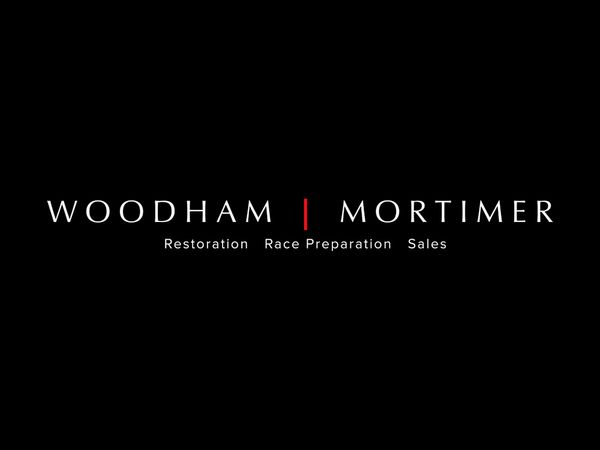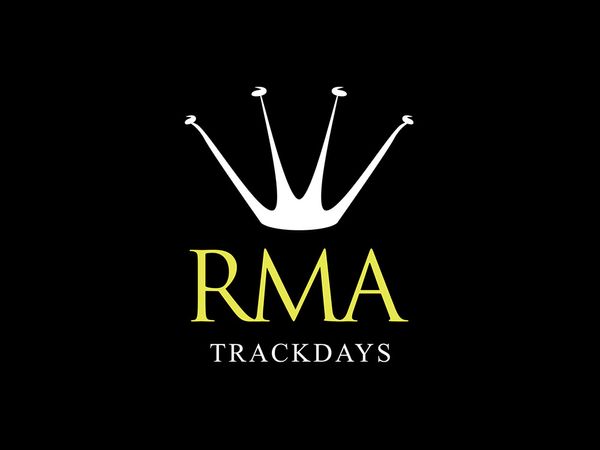Pioneering vehicles recreate motoring history on the milestone 125th anniversary pilgrimage from capital to coast
As an unseasonably mild London was still shrouded by darkness, nearly 300 pioneering veteran cars, their intrepid drivers, plucky passengers and hordes of enthusiastic well-wishers gathered in Hyde Park (Sunday 7 November). They were all eagerly awaiting daybreak to signal the start of the remarkable RM Sotheby’s London to Brighton Veteran Car Run.
It’s now 125 years since the original Emancipation Run, which was held in 1896 to celebrate the recently passed Locomotives on Highways Act. This raised the speed limit for ‘light locomotives’ from 4 to 14 mph and abolished the need for a man to walk ahead waving a red flag.
Expressing that new found freedom, today’s much-loved homage always commences with the symbolic tearing of the red flag – a pre-dawn ritual performed this milestone 125th anniversary by the fastest man on earth, Wing Commander Andy Green OBE, together with Ben Cussons, Chairman of the Royal Automobile Club, custodians since 1930 of what is world’s longest running motoring event.
As daylight arrived – and as a curtain-raiser – a pack of pre-1905 motor and pedal cycles left the start line also headed for Brighton, the pair of brave-hearted penny-farthing peddlers attracting notable admiration as they embarked for Madeira Drive.
Then, at precisely 07:06am sunrise, the first batch of the pre-1905 horseless carriages was flagged away by Green and Cussons with the earliest of the Victorian ‘light locomotive’ vehicles leading the cavalcade as they phutted and hissed their way through Wellington Arch, down Constitution Hill, past Buckingham Palace, Admiralty Arch and Whitehall into Parliament Square blessed with hazy early morning sunshine. Here the 60-mile route split into two thus alleviating traffic congestion in South London.
Half of the plucky participants followed the traditional A23 route past Big Ben and over Westminster Bridge via Kennington, Brixton and Streatham Common; the other half journeyed via Lambeth Bridge and then through Vauxhall, Clapham Common and Tooting. The two routes then merged on the A236 just north of Croydon with the entire magical cavalcade reunited as it headed towards the challenges of the South Downs and eventually the Madeira Drive seafront in Brighton.
First away from Hyde Park was a single-cylinder, 4 bhp Lutzmann dating back to the dawn of motoring in 1896, followed swiftly by the world’s only Raynaud – an 8 horsepower twin-cylinder vis-à-vis from the same year.
Other early starters included the ever popular Salvesen Steam Car – basically a steam locomotive running on the road complete with stoker shovelling coal into the boiler’s fiery furnace plus an evocative choo choo steam whistle – and a number of primitive motorised tricycles complete with riders and passengers sporting period costumes.
Thereafter followed a staggering variety of antique machinery dating back to the era of innovative and experimental vehicles – some fitted with steering-wheels, others with naval inspired tillers and helms, some powered by petrol engines, others propelled by steam and electric batteries.
The diversity of their powertrains illustrating the embryonic industry’s innovative spirit as different sources of propulsion vied to preside over the next century of the car’s development. Ironically, a similar dilemma to that now facing the world more than a century later. Emphasising the changes that motoring is currently going through, this year’s course cars were state-of-the-art hydrogen fuel cell Toyota Mirai cars kindly provided by Enterprise Rent-a-Car.
As always the experience was an extraordinary sight without parallel anywhere on Earth: a living, moving testament to a bygone age when motoring technology was in its infancy and well before many vehicles had protective roofs or windscreens let alone mod cons such as on-board heaters and radios.
Blessed with such eccentric charm and incredible history, the evergreen Run always attracts huge wayside crowds along the entire route and worldwide participation.
This year’s entry included cars from Austria, Belgium, France, Germany, Holland, Hong Kong, Ireland, Italy, Portugal, South Africa, Sweden and Switzerland as well as 10 from the United States.
In total, 87 different marques ranging from Albion and Alldays to Winton and Wolseley were represented on this year’s entry – some, like Cadillac, Renault, Vauxhall and Mercedes, still well-known today, but the vast majority lost to history.
Having ably assisted with the tearing of the red flag and in complete contrast to his heroics when topping 760mph to break the sound barrier in Thrust SSC back in 1997, Green was driving his recently acquired 1904 Stanley steam car.
“I’ve been lucky enough to have been a passenger on past Runs but doing it in your own car gives you such an incredible sense of achievement,” said Green. “The most remarkable thing about this event, though, are the crowds. There are hundreds and hundreds in Hyde Park to wave you off, thousands more on the pavements in London and it’s the same story in all villages.
“This is not just about a few people with some quirky old cars in November – this is much, much more than that. The Run delivers something that makes huge numbers of people smile and wave. I can’t think of any other event that brings so much happiness to so many people over 60 wonderful miles. It’s such a privilege to take part.”
Paul Cowland – another personality well-known to motoring enthusiasts from TV’s Salvage Hunters: Classic Cars – was also on the road to Brighton. He was aboard a 1903 Knox entered by specialist insurer and event partner Hagerty.
Maximising the spectacular weather the vast majority of the 286 starters completed the hallowed journey to Brighton well before the 4.30pm deadline to claim a coveted finishers’ medal.
The first car to reach a sun-drenched Sussex seafront was the 1902 Mors driven by Clive Evison – the French four-cylinder machine completing the journey from capital to coast in just under three hours. Another of the notable finishers was the ever-popular Genevieve – the 1904 Darracq from the fifties British comedy film of the same name starring Kenneth More and Kay Kendall.
While the Run is famously not a race, the A. Lange & Söhne Regularity Time Trial provided a competitive element with participants attempting to keep to a strict pre-selected average speed for the stretch between Croydon and Redhill. The winner was Austrian entrant Andreas Melkus driving an 1902 Curved-dash Oldsmobile runaround who covered the 10.7 miles section in 35 minutes 45 seconds, just five seconds over his target time.
Along with Green and Melkus, Cussons was one of the many to savour an unforgettable trip to a packed Brighton shoreline – and a welcome hot toddy from courtesy of Aberfeldy single malt whisky – after an untroubled journey aboard a 1901 Mors owned by the Royal Automobile Club.
“It would be hard to imagine a more perfect day,” reported a delighted Cussons who shared the Mors with renowned British scientist Baroness Archer of Weston-super-Mare DBE.
“The RM Sotheby’s Veteran Car Run embodies the true spirit of motoring and it is always rewarding to see that the passion and enthusiasm for these pioneer motor cars is as strong as ever,” Cussons continued.
“The glorious weather has been really kind this year, which makes a big difference for these types of extraordinary vehicles, and I have seen lots of happy smilling faces amongst our participants, many saying this has been their best-ever Run.
“I would, once again, like to thank all the people that have come together to make this 125th anniversary event so special. Thanks must go first to all those who keep these amazing cars going and then to all the marshals and volunteers who made it such a real pleasure to drive from London to Brighton.
“My final thank you is to the astonishing numbers of spectators who, as ever, have lined the route from start to finish, offering fabulous support and encouragement to all of us following in the wheel-tracks of those incredible pioneers who first set out to Brighton 125 years ago.”
As in recent years, the RM Sotheby’s Veteran Car Run provided a fitting finale to the Royal Automobile Club’s busy London Motor Week – during which the Club presented an array of functions and events.
The penultimate event in the week was the free-to-view Regent Street Motor Show, on Saturday 6 November, which turned London’s flagship shopping street into a motoring showcase that put the spotlight on veterans and moderns alike and attracted hundreds of thousands of visitors.



























